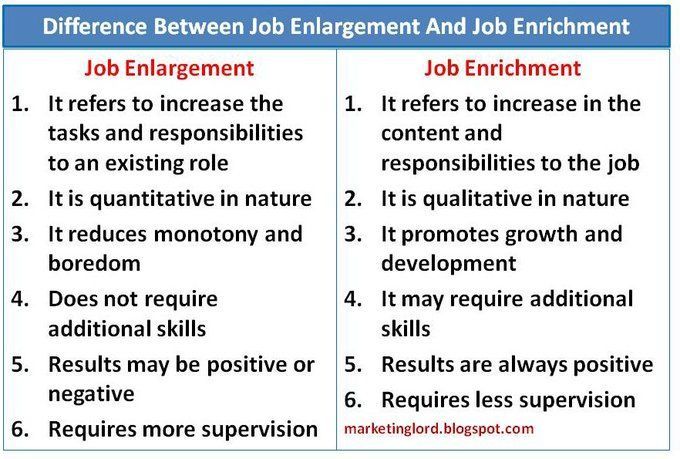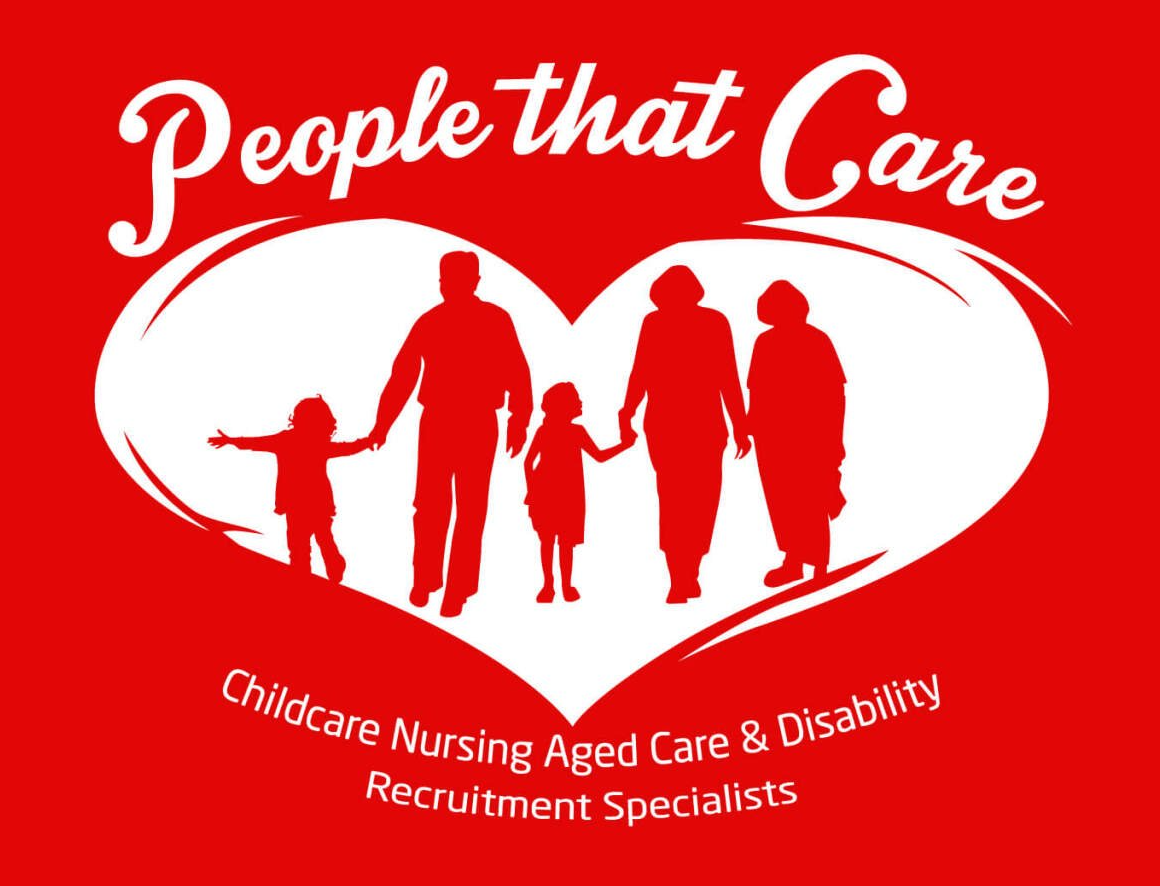Understanding the Toll of Compassion Fatigue on Workplaces
Compassion is a vital emotion in a professional setting, helping to build and strengthen team relationships and business collaboration worldwide. However, the physical and emotional strain of consistently supporting colleagues can be taxing, especially amidst the various challenges facing the UK economy.
In this article, I’ll explore the repercussions of compassion fatigue in the workplace and offer insights into how businesses can provide the necessary support to help their employees avoid growing feelings of fatigue and helplessness.
What is compassion fatigue?
The term “compassion fatigue” was first introduced in 1992, in the realm of medical professionals. It described the adverse health effects and deteriorating patient outcomes resulting from healthcare workers’ excessive exposure to trauma.
However, its scope has broadened to include individuals in various challenging roles beyond the medical field.
Compassion fatigue can affect anyone whose job-related stressors and triggers permeate their daily thoughts, mood, and overall well-being. Some individuals describe the feeling of becoming so saturated with distressing scenes that a psychic numbing can occur.
Several additional factors contribute to compassion fatigue, including the ongoing strain of the cost-of-living crisis, the uncertainty stemming from global conflicts, and the constant presence of social media in our lives.
How does it physically and emotionally affect individuals?
Compassion fatigue can have both a physical and emotional impact on individuals. Firstly, acts of caring and feeling decrease, and these are substituted by an outward detachedness. Individuals become more task, and less emotion, focused, and may start to isolate themselves, engaging less with their colleagues and teams.
In the short term, compassion fatigue can manifest as various physical health issues, including headaches, migraines, as well as gastrointestinal issues like nausea, vomiting, and diarrhoea. Over the long term, it heightens the risk of developing cardiovascular problems, obesity, and diabetes.
Mood swings, ranging from moderate to severe, become commonplace, disrupting an individual’s ability to think clearly, regulate emotions, and sustain a sense of hope. All these factors combined can contribute to the emergence of stress-related mental health concerns, like anxiety or depression.
How does it impact workplaces?
In the absence of supportive measures from leadership, the repercussions of compassion fatigue in workplaces could be significant. Firstly, many experiencing the condition struggle with unmanageable negative emotions, like anger, irritability, and reduced tolerance.
These often lead to interpersonal challenges, making it difficult for employees to maintain positive relationships with their colleagues and fostering a sense of disconnection from their workplaces. Cognitive functions like clear thinking, sound judgment, and effective decision-making may be compromised, affecting the ability to focus on tasks.
Work behaviors and routines may become increasingly erratic. Some employees may exhibit increased absenteeism, take more sick days, or spend less time in the office. In contrast, others might invest extra hours working to catch up, or they may carry work home as they struggle to concentrate and find themselves less productive during regular office hours.
Supporting employees in times of need
A crucial step in addressing compassion fatigue is to implement training programs that acknowledge and address the emotional toll of work roles. Consider inviting mental health experts to run in-house employee seminars, which delve into topics like stress responses, emotional resilience, and self-compassion.
This approach welcomes discussions about emotional well-being and makes them an expected part of the workplace culture.
Leaders should also scrutinize and eliminate behaviors that may exacerbate employee anxiety or stress. For instance, if bosses respond to emails at 10:00 p.m., an unwritten expectation may emerge that others should follow suit.
Encouraging leaders to remove work emails from their phones and endorsing similar practices within their teams can help establish consistent, much-needed cutoff times for work-related activities.
Highlight the value of breaks during the workday, emphasizing the importance of self-care activities like taking a refreshing outdoor walk and enjoying a proper lunch break instead of hastily eating at your desk.
These seemingly minor adjustments encourage employees to recharge, prioritize self-care, and shift their focus away from factors that contribute to negative behaviors.
Research indicates that Cognitive Behavioural Therapy (CBT) is highly effective in treating compassion fatigue, as chronic exposure to suffering can influence negative thought patterns.
Employers may want to consider incorporating emotional well-being support, like CBT, into their employee benefits packages to assist those already grappling with emotional wellbeing challenges.
CBT therapists can also help employees recognize lapses in self-care and boundary setting, enabling them to understand and respond to their symptoms or experiences differently over time. This can significantly enhance their overall well-being and quality of life.
The good news is that there are practical measures you can employ to tackle compassion fatigue, both for yourself and your team, to rekindle emotional well-being within the realm of work.
For many, compassion fatigue is a transitory phase, a clear sign that your body and mind are desperate for a recharge and a healthier work-life balance. When businesses heed these signals and respond accordingly, they can help employees rebuild enthusiasm for their work and, most importantly, their capacity to reconnect with others.
By Marc Holl, Head of Primary Care, Nuffield Health.
Source: https://theundercoverrecruiter.com/compassion-fatigue-workplaces/


